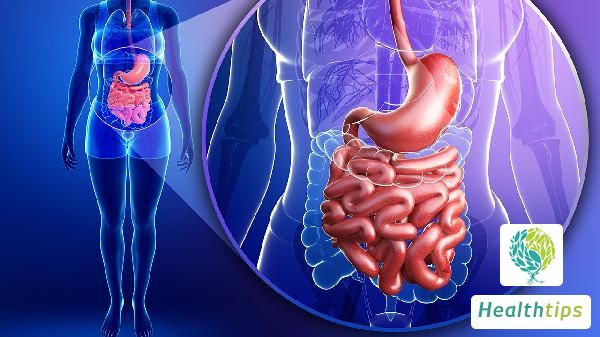What Are the Types and Functions of White Blood Cells?
White blood cells are an important type of cell in the human body. Their main function lies in their immune role, resisting the invasion of bacteria and viruses from within and outside the body. They are a crucial force in the battle between humans and diseases. There are various types of white blood cells, and each type has different functions. Let's briefly understand the classifications and functions of white blood cells.

The classification of white blood cells is a medical detection method that involves counting and categorizing white blood cells during microscopic examination of blood. There are five types of white blood cells in the blood: neutrophils, eosinophils, basophils, lymphocytes, and monocytes. Each of them has its unique physiological functions. Long-term exposure to lead, mercury, benzene, radiation, and other factors can cause changes in the total number and classification of white blood cells. Therefore, the classification of white blood cells is an important indicator in environmental medical research.
White blood cells are the main immune cells in the human body and are crucial for maintaining immune function. Their function is to act as "guardians" in the body's battle against diseases. When germs invade the body, white blood cells undergo deformation, cross capillary walls, and concentrate at the site of invasion to surround and engulf the germs. If the number of white blood cells in the body is higher than normal, it may indicate that the body is experiencing inflammation.
Currently, there are no foods that can effectively increase white blood cell counts. Instead, reliable methods involve the use of medications such as batyl alcohol and vitamin B4. However, not all cases of low white blood cell counts require medication. For instance, transient decreases in white blood cell counts caused by viral infections often resolve spontaneously without the need for medication. It is important to first identify the cause of low white blood cell counts and then treat it accordingly.



















